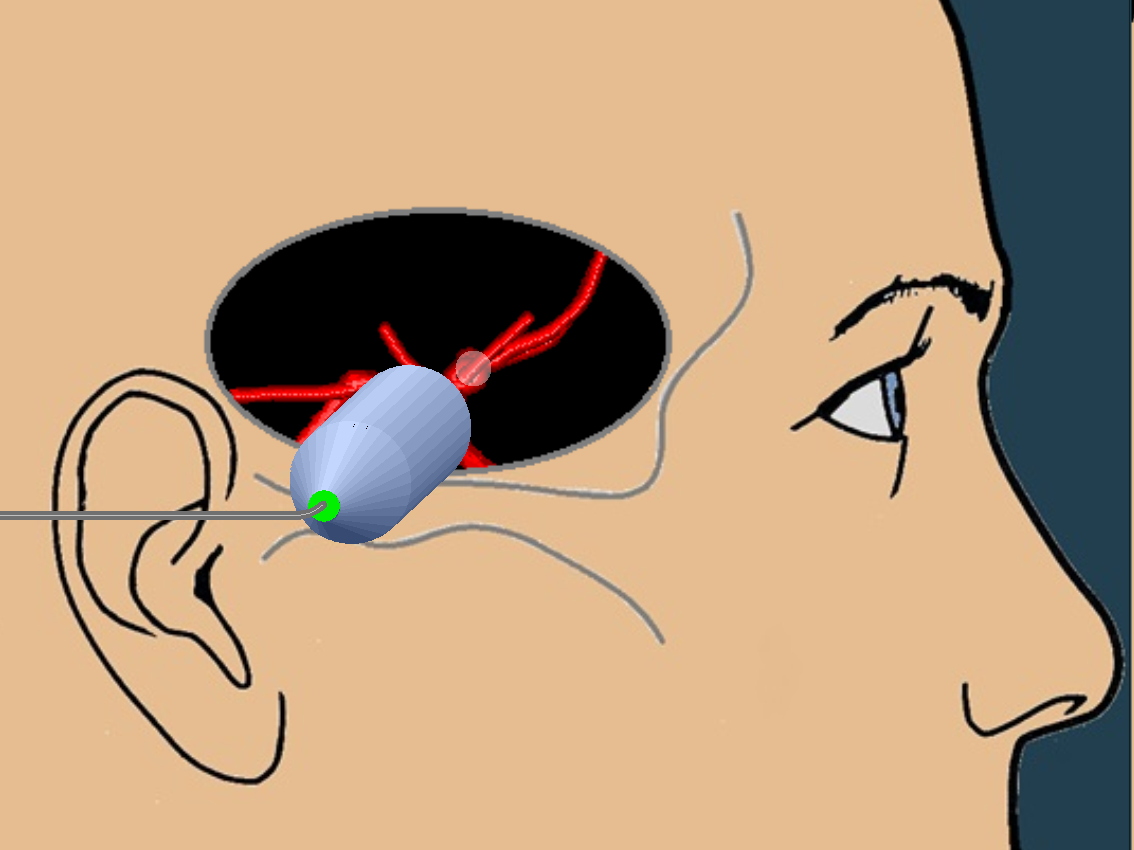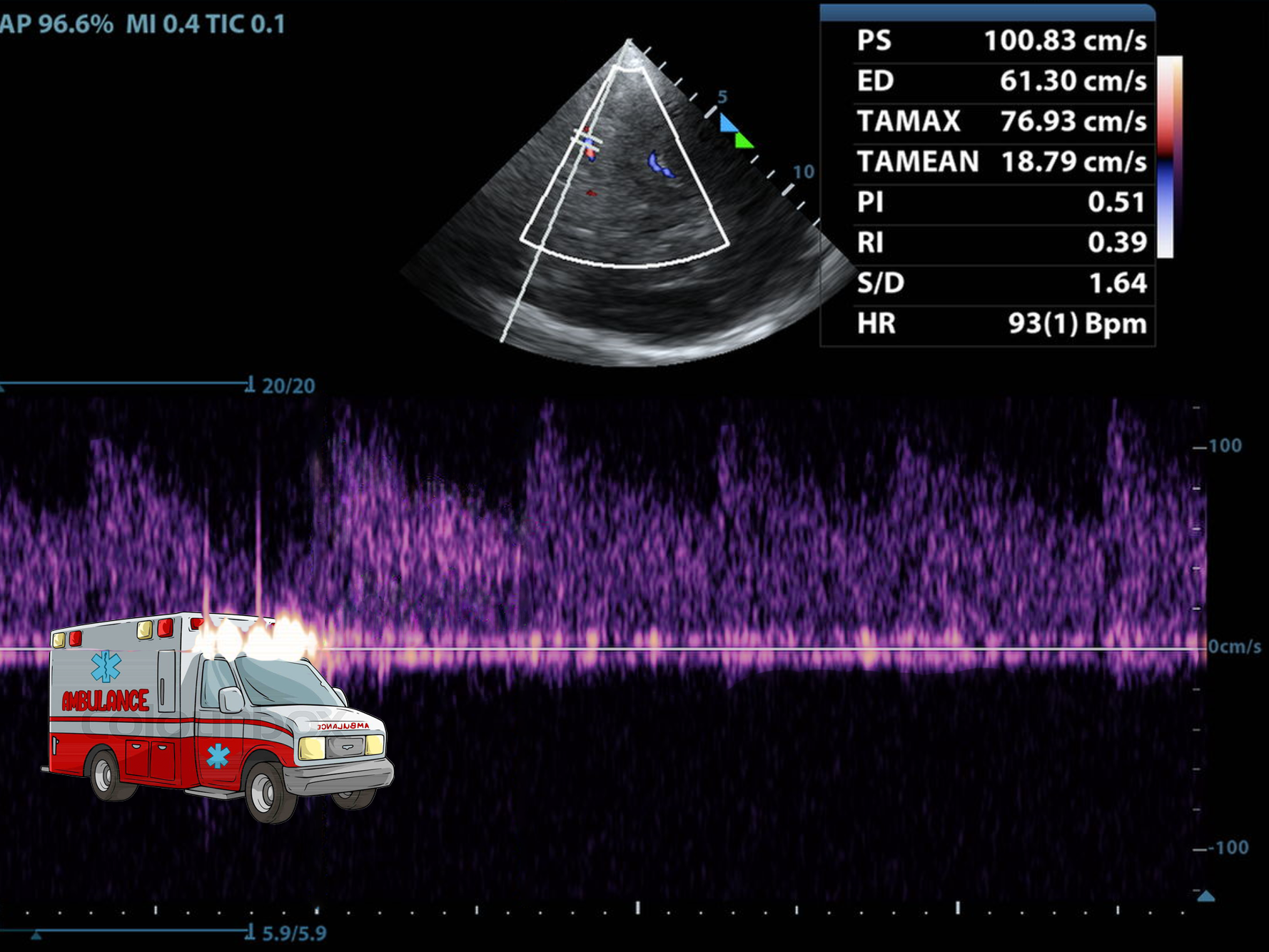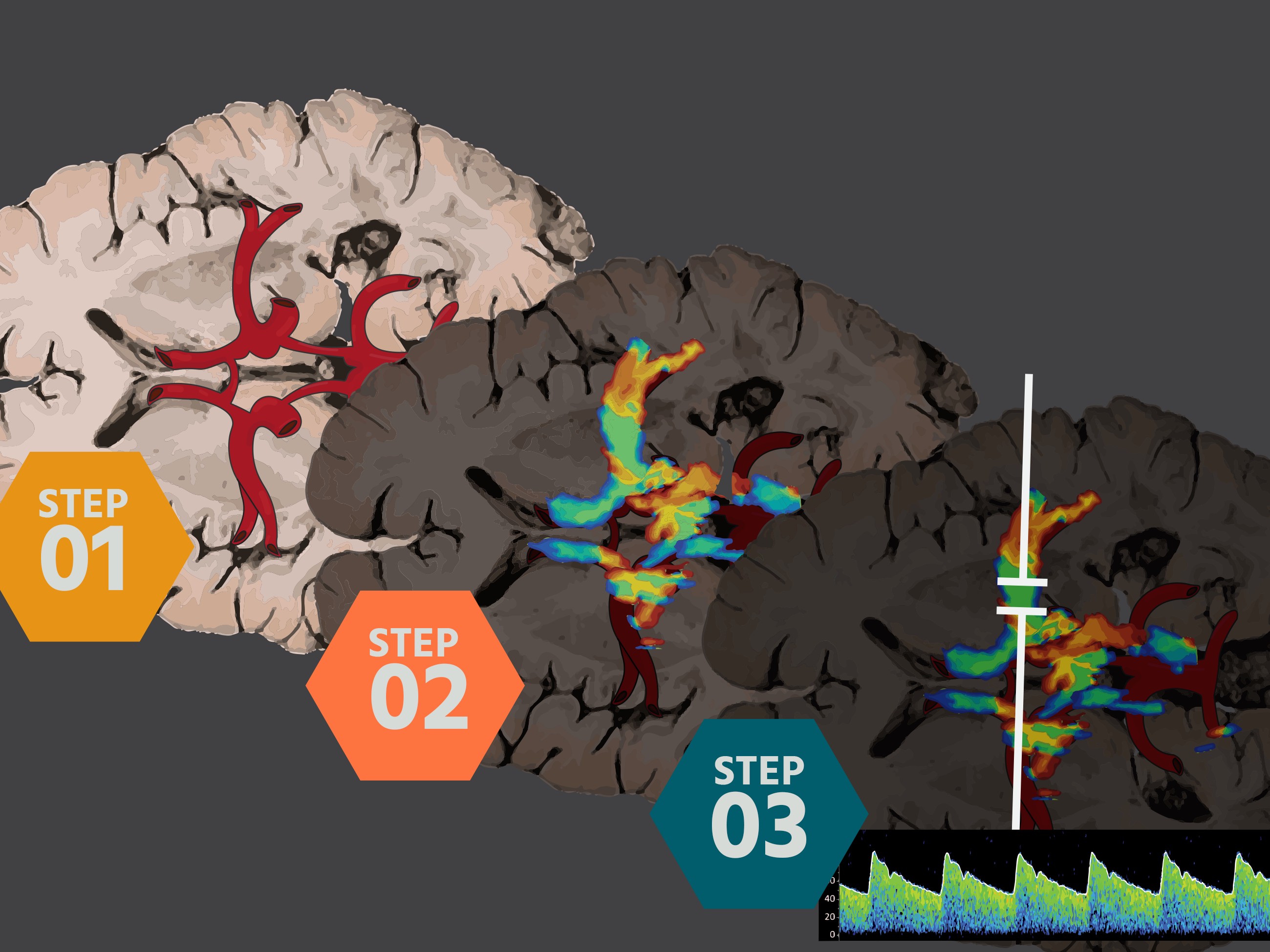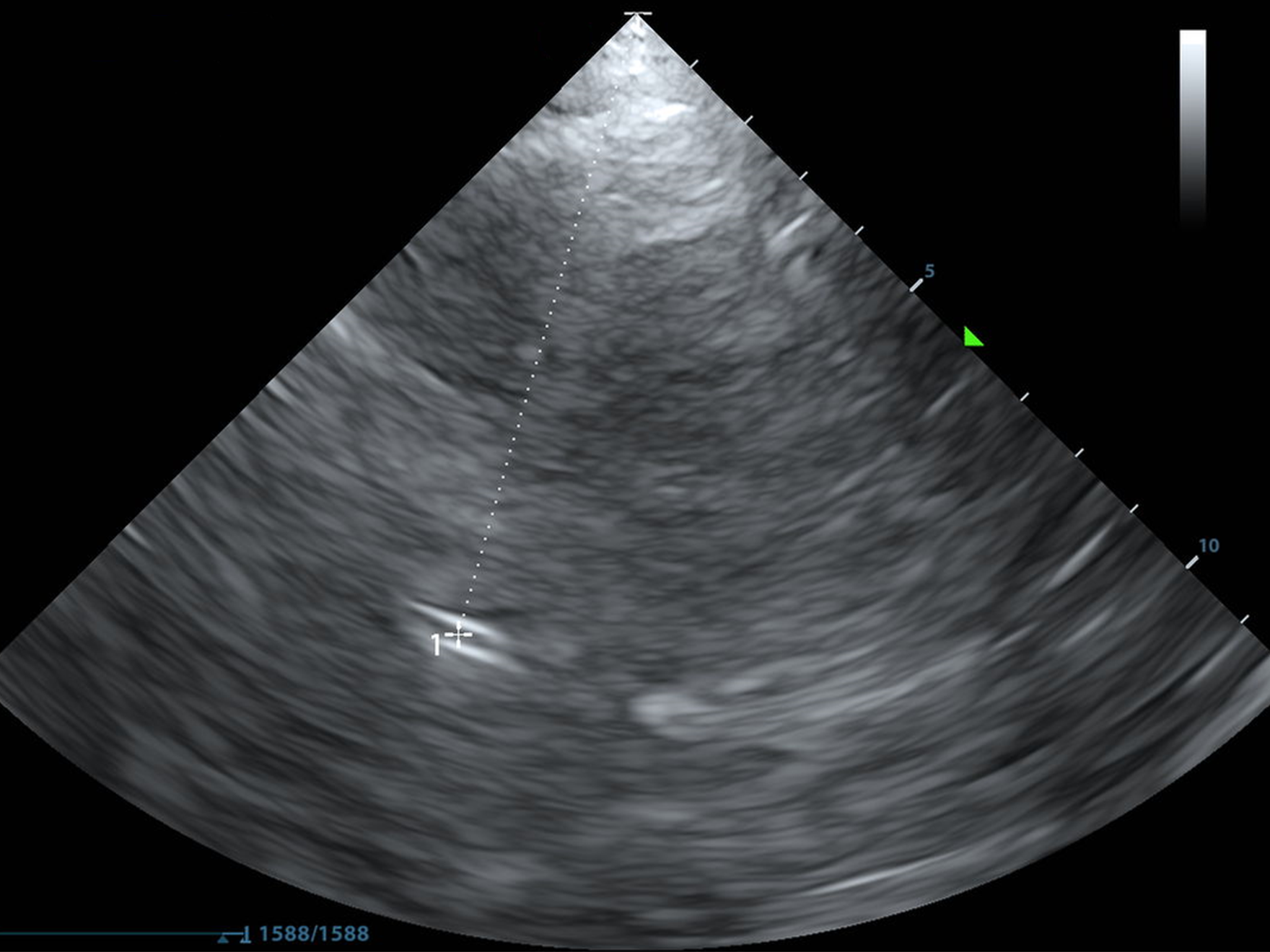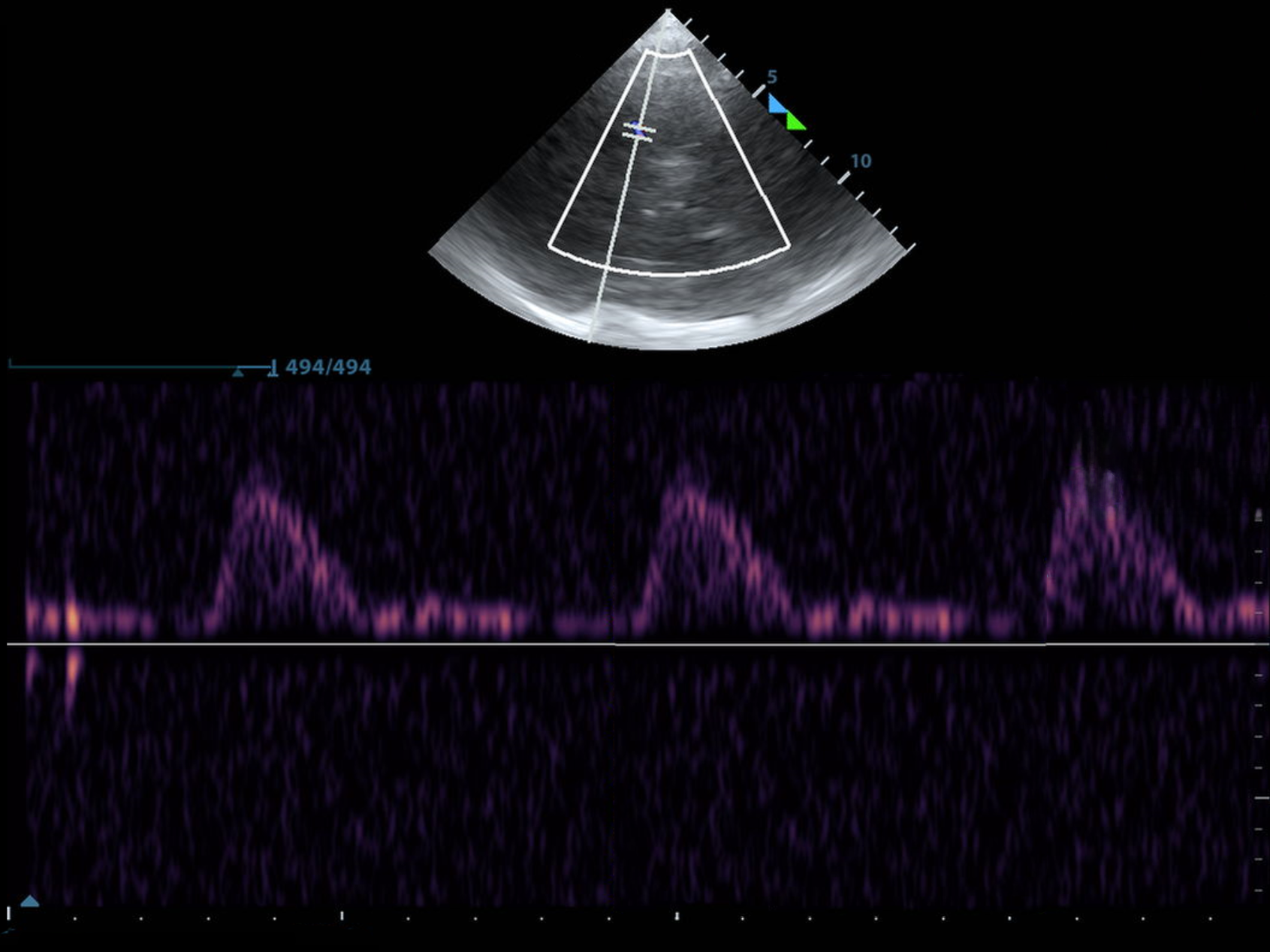Things That Are Bright
and aren't the third ventricle
The Clinoid Processes
https://www.imaios.com/en/e-anatomy/head-and-neck/nasal-cavity?mic=nose-nasal-cavity-illustrations&afi=28&is=605&il=en&l=en&ul=true
The MCA M1 (Red, Deeper in field) and M2 (Red, nearer field)
The Clinoid Processes
Don't confuse them for the third ventricle, these guys are paired and sit in front of the midbrain/thalami.
The optic chiasm divides just before them and the optic nerves dive through the foramina just inferior to these spikey bois.
LOOK THE MCA IS REALLY CLOSE TO THE CLINOID PROCESSES I WONDER IF THAT'S USEFUL TO KNOW
Fan your probe slightly and you can see that these are contiguous with the next structures on our tour...
The Lesser Wing
This is the ridge formed where the lesser wing of the sphenoid and the petrous temporal bone meet.
https://www.imaios.com/en/e-anatomy/head-and-neck/nasal-cavity?mic=nose-nasal-cavity-illustrations&afi=28&is=605&il=en&l=en&ul=true
Once you've found the lesser wing, fan down deeper toward the base of the skull and you'll arrive at our next stop.
The Greater Wing
This is the ridge formed where the greater wing of the sphenoid and the petrous temporal bone meet.
The little bird beak on screen right that pokes off of the contralateral skull is the posterior attachment of the falx.
https://www.imaios.com/en/e-anatomy/head-and-neck/nasal-cavity?mic=nose-nasal-cavity-illustrations&afi=28&is=605&il=en&l=en&ul=true
Next, with enough depth, follow that little bird beak to the contralateral occipital bone. Fan slightly until you see two distinct bright lines.
Kapoor, S., Offnick, A., Allen, B., Brown, P. A., Sachs, J. R., Gurcan, M. N., Pinton, G., D’Agostino, R., Bushnell, C., Wolfe, S., Duncan, P., Asimos, A., & Sarwal, A. (2022). Brain topography on adult ultrasound images: Techniques, interpretation, and image library. Journal of Neuroimaging, 32(6), 1013–1026. https://doi.org/10.1111/jon.13031
The occipital bone (white arrows) and transverse occipital ridge (blue arrows) above show us the location of the transverse sinus, which we can interrogate with spectral doppler.
https://www.imaios.com/en/e-anatomy/head-and-neck/nasal-cavity?mic=nose-nasal-cavity-illustrations&afi=28&is=605&il=en&l=en&ul=true
